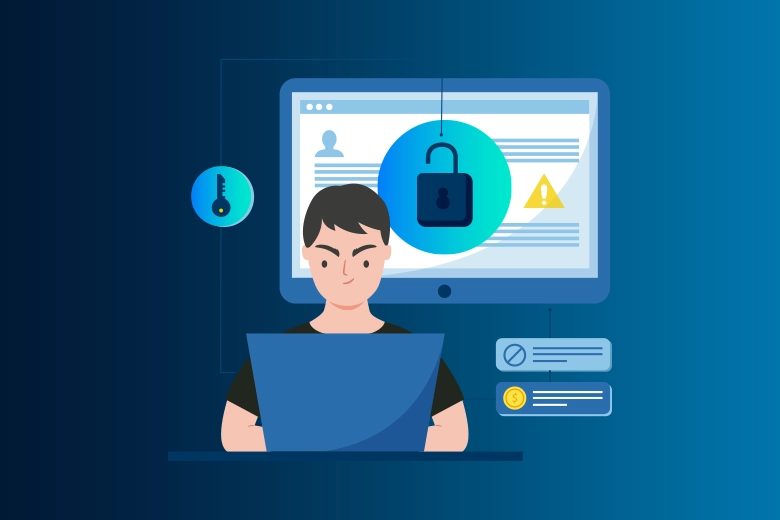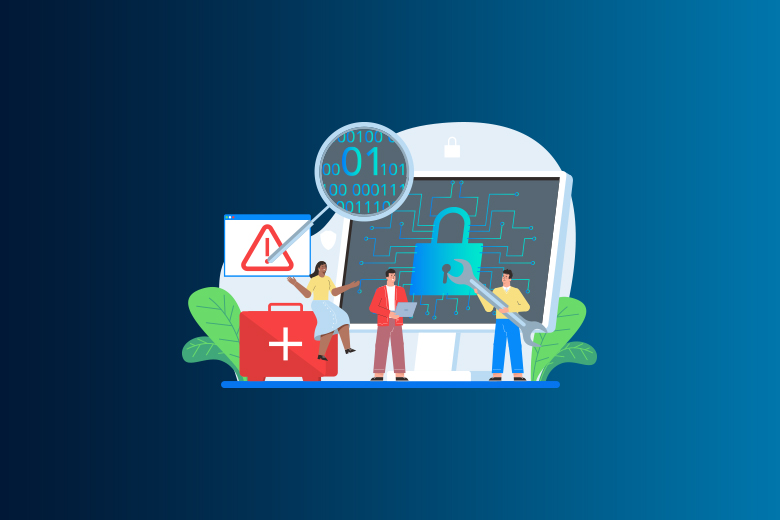09 January 2024
SafeAeon Inc.Email is still one of the most common ways for hackers to attack devices today. There are many phishing scams out there, spearfishing campaigns are very specific in how they target your employees, and even small security holes can leave your inboxes open to attack. Email penetration testing is your effective cyber defense against these threats that are always changing.
New numbers show a very bad picture. According to the 2023 Verizon Data Breach Investigations Report, email is still the main way that breaches happen (52% of the time), and phishing plays a role in 82% of those cases. An alarming Mimecast report shows that 56% of businesses do not have formal email security plans, which means their doors are wide open.
Email security testing gives you important information. Testers find breaches in your email infrastructure, user knowledge, and security policies by simulating real-life attacks like targeted phishing campaigns and malicious attachments. The results will help you make your email system safer by showing you misconfigured servers and workers who are likely to fall for phishing.
Not only is email penetration testing important for security, it's also a good business move. According to a report by the Ponemon Institute, the average cost of a data breach is more than $4 million. However, the cost of not fixing security holes is much higher. On the other hand, proactive testing gives a real return on investment (ROI) by lowering the chance of a breach, protecting sensitive data, and making employees more aware.
In a world full of digital risks, not protecting your email is like letting burglars in. You can regain control of your inbox, turn it into a fortress, and rest easy knowing your data is safe with email security testing. Do not wait for a fake phishing email to get through your defenses; protect your email today with penetration testing.
Email Penetration Testing Steps: A Comprehensive Guide
Email spoofing involves sending forged emails to unsuspecting recipients. Hackers often use this method to start attacks like spam or hacking, making backdoors that stay open and look like they are acting normally.
Spear phishing attacks can happen on email servers that anyone can view. Those that are set up as OPEN RELAY servers are especially at risk. People who are not local users can send and receive emails through an open relay SMTP server. This means that the server is set up to let third parties relay emails. These sites are perfect for spammers who want to send fake emails straight to people's inboxes.
A popular way to do email spoofing attacks is to find weak mail servers on public networks that are set up with open relay settings and use them. It will be easy to start your email security testing journey. Here is an organized guide to help you get things done faster.
SMTP, POP3, and IMAP Fingerprinting: Start by taking fingerprints to get information like the type of service, the port, and the choices. For good research, use tools like telnet, netcat, nmap, smtpmap, and smtpscan.
Directory Harvest Attack (DHA): This method uses brute force to find correct email addresses. Taking part in:
- Using alphanumeric patterns and the company name to make email addresses.
- Putting names, nicknames, and last names together in new ways.
- List of SMTP Features and Subsystems: Use the Extended HELO (EHLO) command to find ESMTP traits that can be used against it.
SMTP, POP3, and IMAP passwords can be broken by brute force: For this job, use tools like Brutus, medusa, and thc-hydra. As extra tactics, use phishing, social engineering, and "forgot password" messages.
Use of SMTP authentication for an NTLM overflow attack: As part of your testing, you should focus on this unique vulnerability.
Tests for SMTP Open Relay: To look for open relay flaws, use programs like NetScanTools Pro and the SMTP test tool.
User Enumeration for SMTP and POP3: Use enumeration methods to find valid users.
Exploiting Known CVEs: Look into any known Common Vulnerabilities and Exposures (CVEs) that could be used against the service and try to take advantage of them.
Anti-Spam and Anti-Phishing Protection Review:
- Send emails with links to harmful websites to test anti-phishing and see how the server responds.
- Test how well anti-spam works by sending spam emails and seeing how well the filter works.
Email Bombing and a Vulnerability in the CLSID Extension:
- Sending letters with CLSID file extensions is a way to check for a vulnerability in CLSID extensions.
- Send a lot of emails at once to see if they get filtered or stopped.
- Looking into Common Vulnerabilities:
- Check VBS files for the possibility of running any code.
- Check for wrong treatment of double file extensions like "Notes.txt.vbs."
- Check to see if documents with long file names or bad extensions are being filtered.
- Check for mail fragmentation and long subject attachments.
- Check out how you handle files that don't have names or extensions.
- By following these steps in a planned way, you can successfully test and improve the security of email systems, giving them a strong defense against many types of cyber threats.
Why it's important to keep your inbox safe?
Understanding how important it is to protect your email is very important in today's digital world. Even if you are careful about the information you share, two main things leave you open to attack:
- The Inevitability of Human Error: A lot of business contact, like deals and contracts, happens through email. A small mistake in these conversations can let private information slip out. The Ponemon Institute found that 25% of data breaches in the US are caused by careless or mistaken actions of people.
- Threats that you can't stop: Your account can be attacked by viruses, phishing emails, and ransomware, among other things. Because it looks real but isn't, phishing is especially dangerous. Strong email security is a must because scammers are getting better at using more complicated tricks.
Seven Important Steps Businesses Must Take to Protect Their Emails
While the numbers showing how vulnerable emails are are worrying, putting certain security measures in place can greatly reduce these risks:
- Limit Personal Use of Company Email: Employees should not be able to use company emails for personal things. Tell them that this strategy is good for both the company and themselves. Endpoint Security Solutions can automatically sort emails into two groups: work-related and personal.
- Two-Factor Authentication: This adds an extra layer of security by sending a code to your phone. This makes it harder for people who aren't supposed to be there to get in.
- Watch Out for Email Spoofing: Be wary of emails that look like they come from a reliable source but are fake. Trustworthy email clouds that are safe can help protect you from these kinds of risks.
- Find Phishing Attempts: Phishing is still a common way to hack emails. Watch out for links, requests for personal information, or OTPs that you didn't ask for. Legitimate groups usually don't ask for this kind of private information.
- Guard Against Email Fraud: Protect yourself from email fraud, which is also called Business Email Compromise (BEC) and includes pretending to be someone else to steal money or information. Use email security services to find these threats and stop them.
- Use Encrypted Communications Protocol: To keep other people from reading your emails, use Transport Level Security (TLS), especially if you're not using a service like Gmail that does it for you automatically.
- Authenticate Your Emails: Use verification methods like DKIM (Domain Keys Identified Mail) and DMARC (Domain-Based Message Verification, Reporting, and Conformance) to stop spam and spoofing from your account. These steps make sure that emails from your address are safe and verified.
Conclusion
In conclusion, email penetration testing is still an important part of making computer defenses stronger. Cyber threats change over time, and so should our plans for finding and fixing weaknesses. For businesses to find gaps in their email systems before they are used by bad people, they need to fully understand and use email penetration testing. This process includes SMTP, POP3, and IMAP fingerprinting as well as testing for common vulnerabilities such as CLSID extension and anti-phishing effectiveness. It's not just a security measure; it's a pledge to keep email communication honest and reliable. Email penetration testing is an important part of safety that we can't stress enough as we move through the digital world. To learn more about cybersecurity you must get in touch with the professional of SafeAeon.














